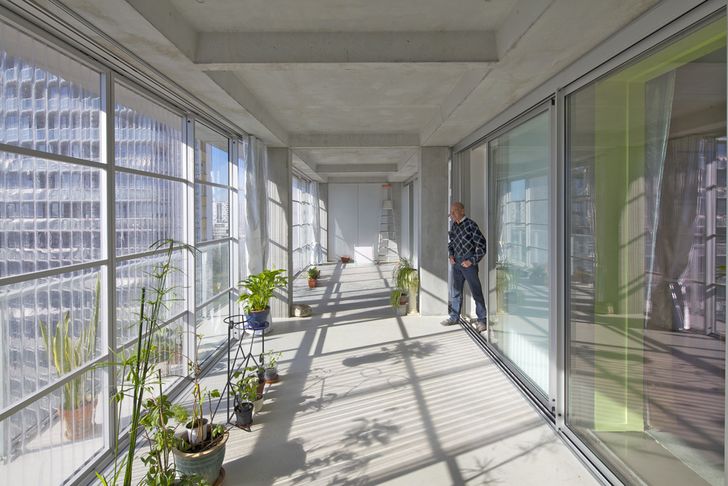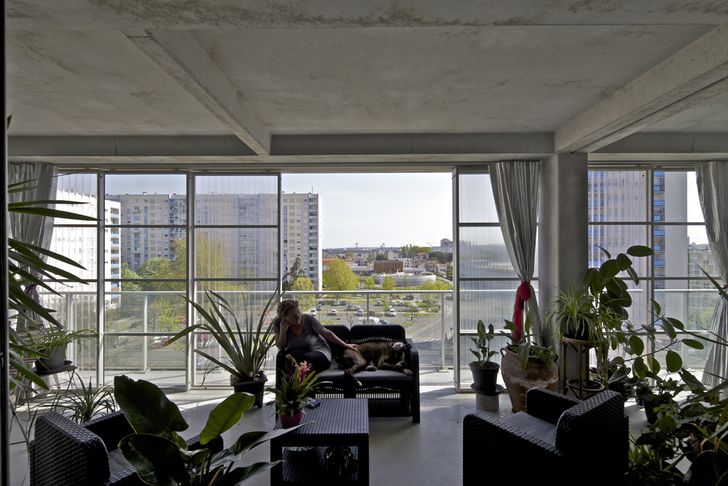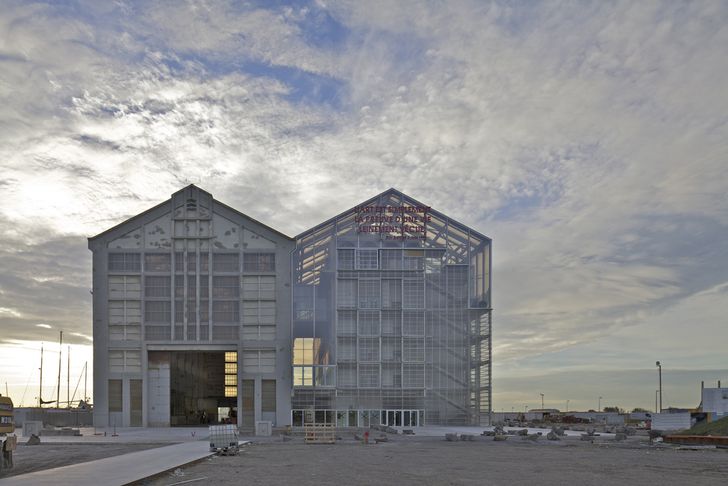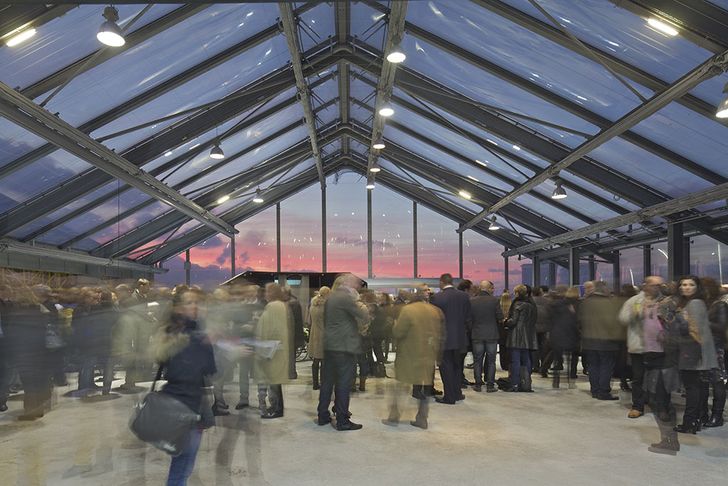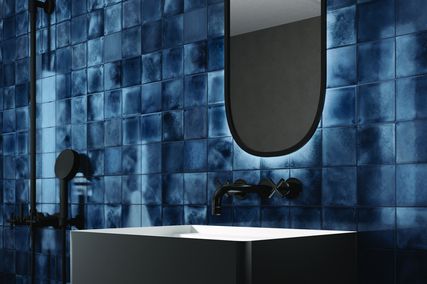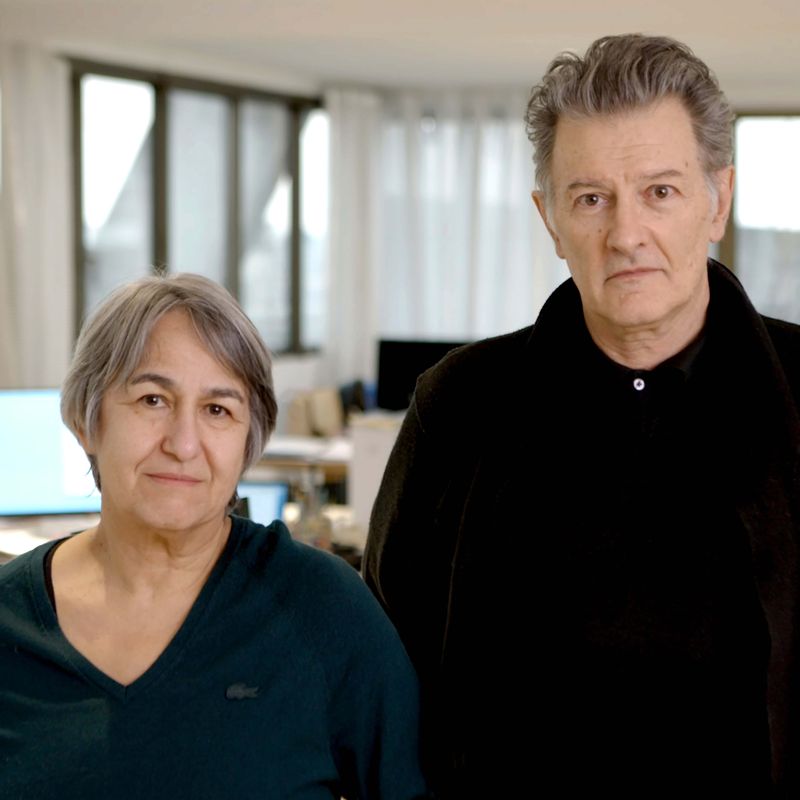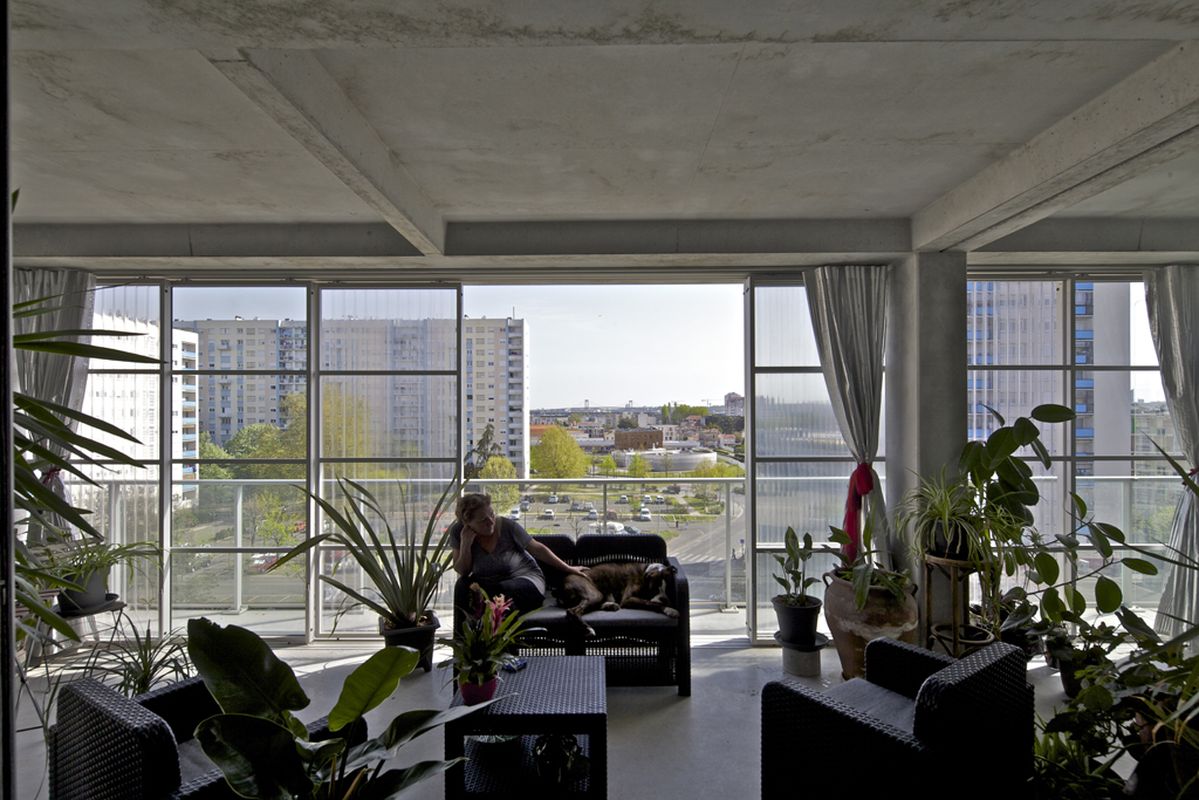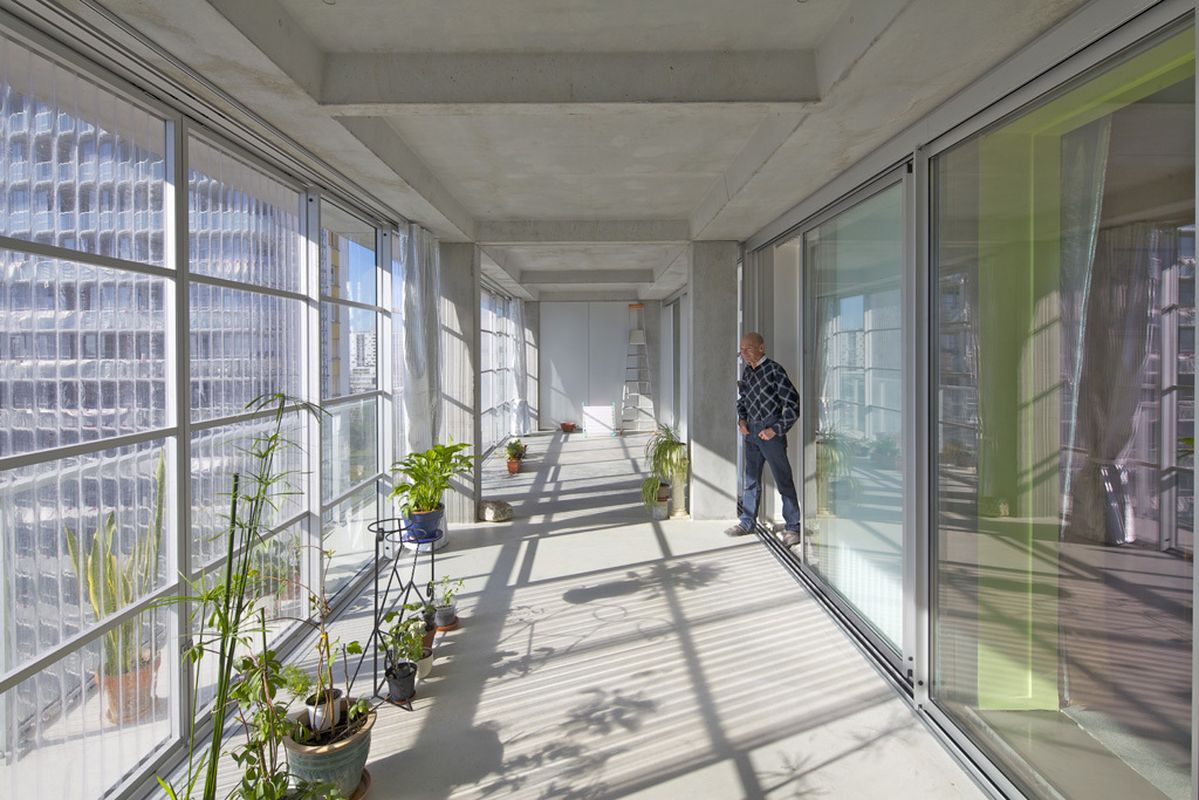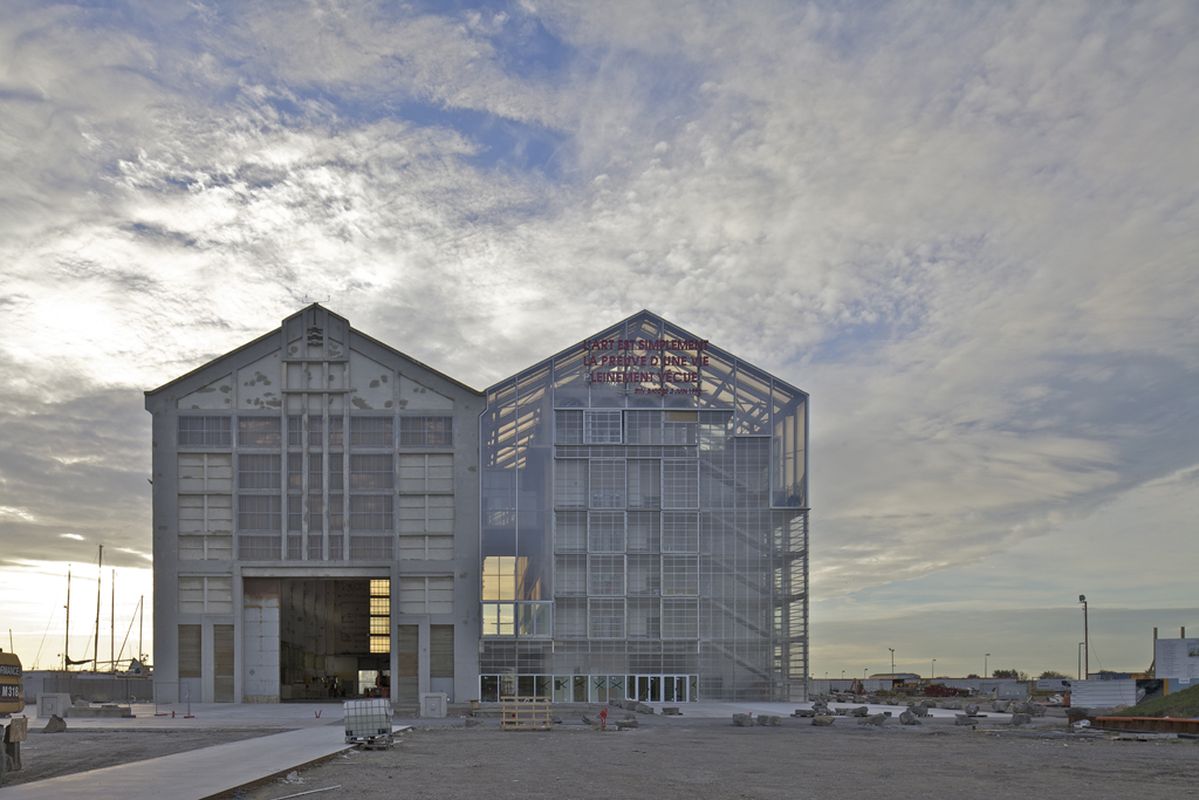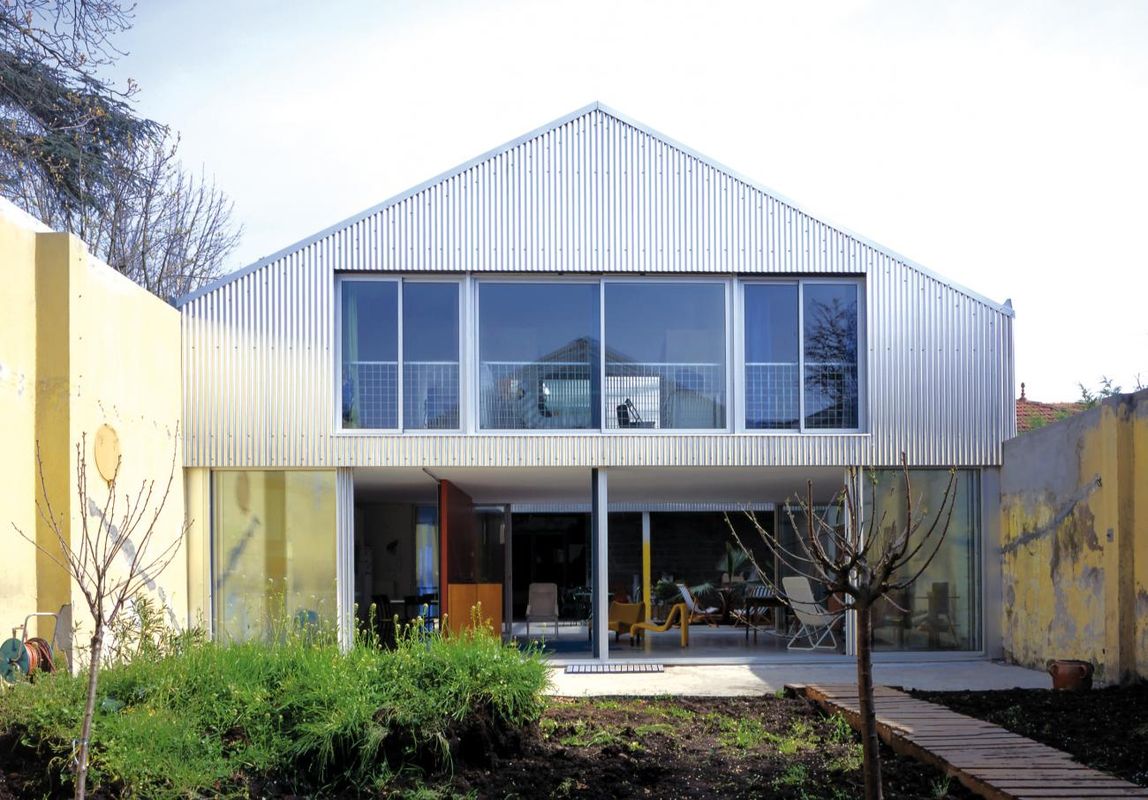Anne Lacaton and Jean-Philippe Vassal are two industry heavyweights and Pritzker Prize laureates who have cut their teeth creating exemplary social and affordable housing design for the masses. For more than three decades, the pair’s works have covered the creation of polycarbonate-clad winter gardens for a 1960s housing block in Bordeaux, to the adaptive reuse of a shipbuilding workshop in Dunkirk.
The genesis of their architectural ethos began after the two met at École Nationale Supérieure d’Architecture et de Paysage de Bordeaux in the late 1970s. Following their formal training, Lacaton and Vassal embarked on their first architectural experiments in Niger, one of the poorest countries on earth.
In a country with precious few resources, the ensuing collapse of their first joint project – a straw hut from locally sourced branches – led Lacaton and Vassal to vow never to dispose of what could be redeemed and repurpose. It was then the pair formed their conviction to always advocate for buildings that would otherwise be demolished.
Today, Lacaton and Vassal never work from a blank slate; their ethos is to create with what is already there, perceiving existing structures an “opportunity” and an inventory of resources, rather than a waste management contingency. They define the “soul” of a building as the layers of history and storytelling embedded within its walls.
Transformation of 530 dwellings by Lacaton and Vassal, Frédéric Druot, Christophe Hutin Architecture.
Image: Phillippe Ruault
Lacaton and Vassal’s architecture is defined by a “democratic spirit” and is “as transparent in its aesthetic as in its ethics,” according to the Pritzker Prize jury citation. It is architecture that celebrates openness, both in its generous provision of air and light regardless of typology, and in its conspicuous attempts to do more on a smaller budget.
Lacaton and Vassal demonstrate that architecture is more than the sum of its parts; besides bricks and mortar, it harbours the ability to foster a sense of dignity and belonging and can be a powerful vehicle for addressing social concerns.
Ahead of their public lecture, “Living Well in the City”, Lacaton and Vassal speak to ArchitectureAU about their credo for conservation and their diagnosis for the future of the industry.
AAU: How do you define “living well”? What factors inform your criteria for what makes a good life? And how does this translate into living environments?
L&V: Living well in the city starts with good housing at a reasonable price. The prerequisite for a good collective life in the city is generous and pleasant individual space, which is not reserved for one social class.
Transformation of 530 dwellings by Lacaton and Vassal, Frédéric Druot, Christophe Hutin Architecture.
Image: Phillippe Ruault
AAU: For you, best practice in architecture is to reuse and rethink existing structures. Has it been difficult to practise your method of architecture within certain regulatory frameworks?
L&V: Reusing existing structures, adding what is missing instead of demolishing and rebuilding, clearly uses less material, less energy, less money, and takes advantage of the space that already exists. These are ecological issues that are posted all over the world, and which, surprisingly, are not often applied.
For more than twenty years, we have been opposed to the demolition of buildings and have been able to build a few housing transformation projects, on occupied sites, without inflicting an increase in rent and at a cost three or four times lower than the demolition and reconstruction of these buildings. These projects have not been easy, but we have been able to realize them, also because of the will of a few public clients.
It is convenience that leads to demolition: the lack of interest, of attention and consideration for what is already there, especially for the people and for all that is alive. It is a failing of not seeing where the value lies and what it can bring to a project.
AAU: Why do you think there has been a preference for demolition over restoration and refurbishment?
L&V: Widespread demolition is a quite recent phenomenon, otherwise we would no longer have historic centres and old buildings. Generally speaking, it is mainly modern architecture that is being demolished. This should make us wonder, because there is no objective reason. These buildings have not been less well built than the older ones. The addition, the superimposition of architecture is what forms our history – the contribution of each stage of society.
There is no valid argument for demolishing all these modern buildings, which are not at the end of their life cycle. It is a lack of intelligence, observation, and ambition, but also a kind of arrogance towards previous generations, because what replaces the demolished buildings is not necessarily better.
What is lost in demolition is first of all people’s lives, their environment. It is also structures, materials, spaces that can still be used. It is a lot of money lost and a lot of carbon consumed. Demolishing is a waste that is absolutely not compatible today with ecology and the imperative for sustainability.
Space, housing, every square meter has become a financial product, when it should be a cultural value. The memory of the city, the traces that allow us to understand our history, are lost with demolition. Exemplarity does not begin after demolition.
Art gallery and archive by Lacaton and Vassal adapted from a former shipbuilding workshop.
Image: Phillippe Ruault
AAU: Your ethos is inherently optimistic, as you always strive to find the good and the value in existing structures. Right now, emissions are rising, our cities are getting hotter and more congested, and the divide between the rich and the poor is only getting wider. Are you optimistic about the future of architecture in urban environments, or do you think it will get worse before it gets better?
L&V: When we analyze a situation, when we observe an existing place, it is important to look first at its qualities, its value, and there always is some. Then we can make a list of what doesn’t work anymore and find solutions. We must rely on the values of the existing situation to improve and transform. All the constraints can be turned into good.
To act, we have no other option than to be optimistic, which does not mean to be unrealistic, otherwise nothing is possible. It is an ambitious and exciting challenge.
AAU: What do you think is the role of the architect in today’s society?
There is an obvious role for us to be useful and creative, to provide generous, economical and sustainable answers to all these questions of quality of life, ecology, climate and economy. By putting the emphasis on people, we can make architecture that does not constrain, but on the contrary, architecture that is kind to people, and that encourages involvement, responsibility and solidarity.
Art gallery and archive by Lacaton and Vassal adapted from a former shipbuilding workshop.
Image: Phillippe Ruault
AAU: When and why did you become interested in public housing?
L&V: In France, there is a rich tradition of public housing that has produced some of the best examples of architecture of the 20th century. Unfortunately, for the last fifty years or so, it seems to us that this modern architecture is losing its creativity and inventiveness, and is being dominated by market logic.
The modern period seems very interesting to us as a source of reflection and inspiration, as a continuation of a more historical period. It brought to architecture openness, generosity, light, and a more direct relationship with the outside.
For the past 50 years, housing no longer offers inhabitants the quality of living that one would expect. Standard housing is getting smaller and smaller, more and more closed in, narrower and narrower, with no outdoor space, not enough natural light, and little view. We have always been motivated to design housing that goes beyond the standard and remains economical.
Housing is a common good and only the public can ensure the necessary quality and equality of housing. That is why we have always worked mainly for public clients.
University of Sydney’s School of Architecture, Design and Planning will host the public lecture presented by Anne Lacaton and Jean Philippe Vassal, 2021 Pritzker Prize Laureates and the Rothwell Program co-chairs.
The lecture will run on Thursday 28 July from 6pm at the University of Sydney’s Seymour Centre, comprising a 40 minute presentation followed by 30 minutes of Q&A.
The event is free to attend and can also be livestreamed.


